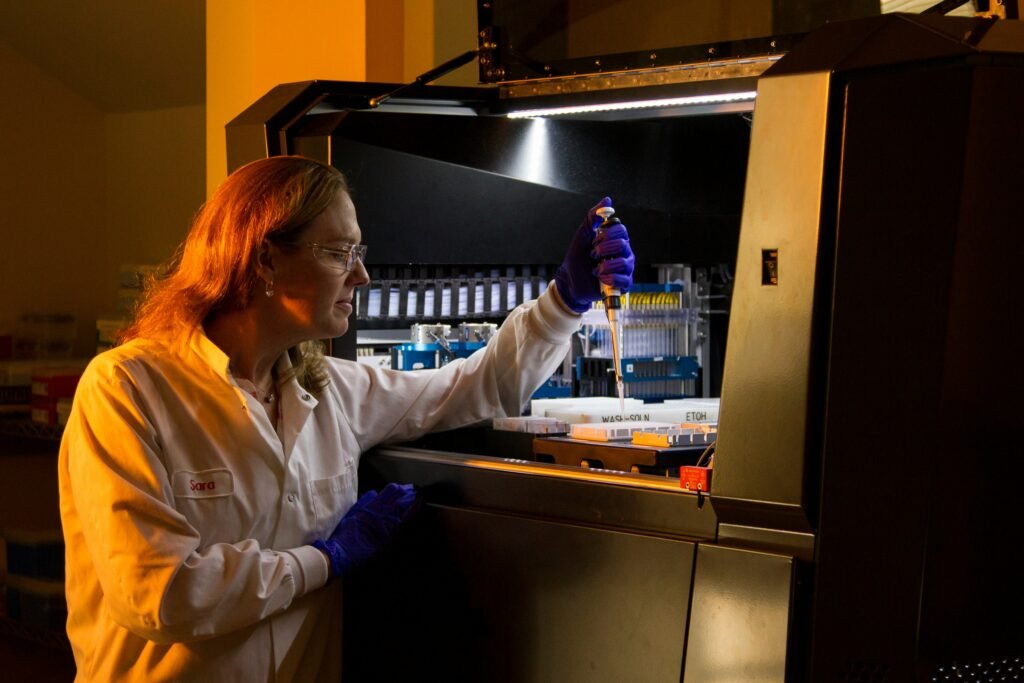The realm of wearable technology has taken a revolutionary leap with the advent of solar-powered smart clothing. Researchers have ingeniously combined flexible solar cells with electronic components, birthing a system that turns clothing into a personalized air conditioning mechanism.
Evolution of Wearable Tech
From smartwatches to fitness trackers, wearable technology has steadily evolved. This recent breakthrough, however, elevates the functionality of attire itself. The integration of solar cells and electronics transforms garments into dynamic tools for thermoregulation.
Adapting to Temperature Changes
The crux of this innovation lies in its ability to adapt to environmental temperature shifts. By seamlessly integrating cooling and warming functionalities into everyday attire, it enables wearers to maintain a comfortable thermal equilibrium despite external fluctuations.

Powering the System: Solar Efficiency
Remarkably, this technology operates for 24 hours with just 12 hours of sunlight exposure. The efficiency of the solar cells enables prolonged functionality, ensuring sustained comfort throughout the day and night.
Versatility and Applications
Beyond catering to daily comfort, this advancement holds immense potential for diverse applications. Its adaptability extends from everyday wear to extreme conditions, making it invaluable for both regular users and explorers.
This innovation is a game-changer for individuals exploring extreme environments, such as astronauts and adventurers, offering a crucial tool for regulating body temperature during challenging expeditions.

Conclusion: Harnessing Innovation in Clothing
The integration of solar-powered cooling and warming functions within clothing marks a pivotal moment in wearable technology. It not only redefines daily comfort but also expands the horizons of human exploration in the most inhospitable environments imaginable.
How does solar-powered smart clothing work?
Solar-powered smart clothing integrates flexible solar cells and electronic components, functioning as a personalized air conditioning system. It adapts to ambient temperature changes, ensuring the wearer stays comfortable regardless of external conditions.
What makes this technology efficient?
With just 12 hours of sunlight exposure, the system provides 24 hours of functionality. The remarkable efficiency of the solar cells powers the clothing’s cooling and warming functionalities seamlessly.
Who benefits the most from this innovation?
Individuals exploring extreme environments, such as astronauts and adventurers, find this technology invaluable. Its capability to regulate body temperature enhances safety and comfort during challenging expeditions.






Leave a Reply